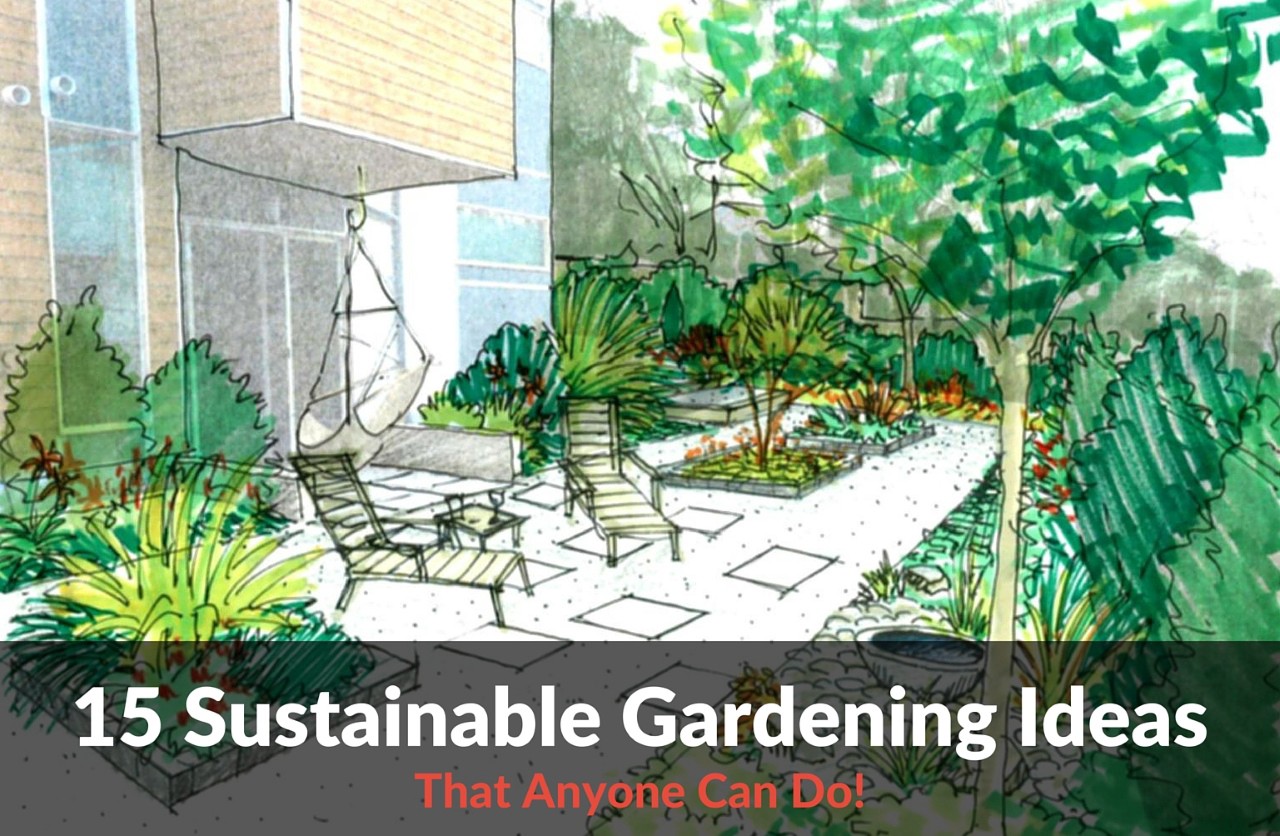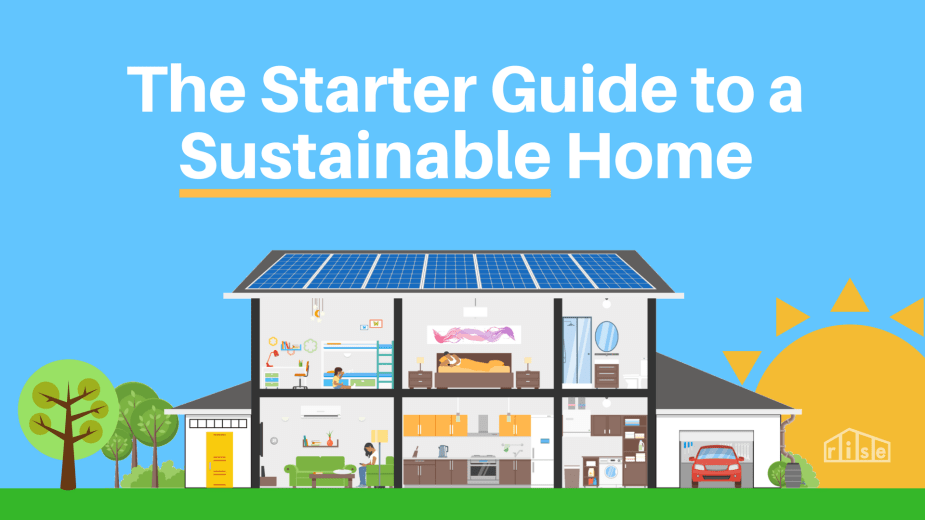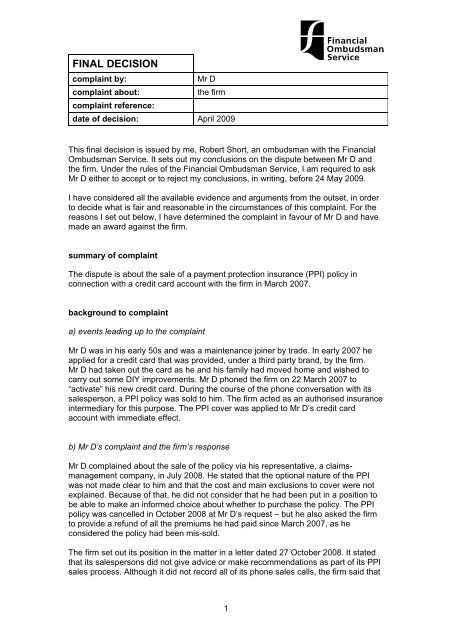How often do you see those wonder gardens on the internet and TV and think to yourself: “If only I had the funds and time to make my garden look and grow like that.” Unfortunately, most of us don’t have super gardens with automated sprinklers and live-in gardeners. But for those of us who like to do the best with what we have, there are plenty of ways to turn a simple garden into an awe-inspiring scene by using low-cost, effective techniques, some of which we’ll reveal below:
1. Keep a Compost Bin
Keeping a compost bin is one of the easiest, yet most beneficial things anyone can do for their garden. To get started, all you need is a compost bin or a spot designated for the compost pile. Then you just need to learn what to put in a compost pile and you’re on the way to having some of the most nutrient-rich home-amended soil you can’t buy in stores. Composting can also help you recycle any biodegradable items that you have around the house.
2. Encourage the Presence of Birds and Friendly Bugs
Did you know that not all bugs are bad? For example, ladybugs and lacewings eat aphids, which are tiny bugs that can destroy a garden if left unabated. Contrary to popular misconception, ladybugs do not eat leaves or plant matter. Thus, by unleashing a colony of ladybugs and/or green lacewings into your garden, you can ensure that any aphid infestation will be eradicated and/or kept in check. Likewise, birds like to eat a whole slew of garden pests including slugs, caterpillars, grubs, and snails. So adding a birdhouse and bird bath is an eco-friendly way to feed the birds while keeping pests to a minimum. Plus, many people find that birds can add to the beauty of a garden.
3. Plant Artificial Grass to Keep the Weeds From Coming Back
Instead of having to contaminate your garden with weed-killing chemicals and deal with the repeated return of these pesky competitor plants, why not just lay down a few slabs of artificial grass like Grono to surround your garden with a picturesque green that not only keeps pests out but also looks professional and clean. Laying artificial grass is easy, takes very little time, and it is a highly effective, chemical-free way to stop weeds from encroaching upon your garden.
Are you having pest problems in your garden? Check out these related tips to get it under control without harming the planet.
4. Arrange Plants Strategically Using Companion Planting
It is a coincidental fact of nature that some plants grow better and are more protected around other plants. Plants that grow well around each other are often referred to as “companion plants,” and the practice of planting such plants next to each other is called “companion planting.” Here are a few example of plants that grow well when planted next to each other:
- Onions and Carrots – Coincidentally, the scent of the spring onion plant repels pests that prefer to eat the carrot plant, while the scent of the carrot plant repels pests that prefer to eat the onion plant. These two plants are therefore known to have a symbiotic relationship and are often companion planted in many home gardens.
- Garlic and Roses – Planting garlic near roses will help keep the pests from eating your beautiful flowers, so don’t hesitate to plant a few garlic bulbs in your flower garden this year.
- Tomatoes and Chives – Planting chives near your tomatoes will deter aphids with an onion-like scent, without adding any unwanted onion flavor to your tomatoes.
There are many other plant pairs and groups that work well as companions, but listing all of them would go beyond the scope of this article.
Bonus Tips for Winter Greenhouses
If you plan on growing through the winter in a greenhouse, be sure to invest some time into learning about ways to keep the interior warm during the night without having to use an excessive amount of electricity. Creating multiple fire pits inside barrels or wood stoves is one way to trap hot coal that can radiate heat to the interior of the greenhouse via convection. If electric heaters are an absolute must, consider a DIY solar or wind turbine setup to power the heaters.





